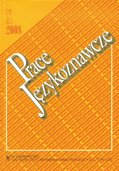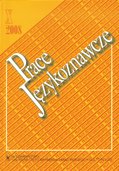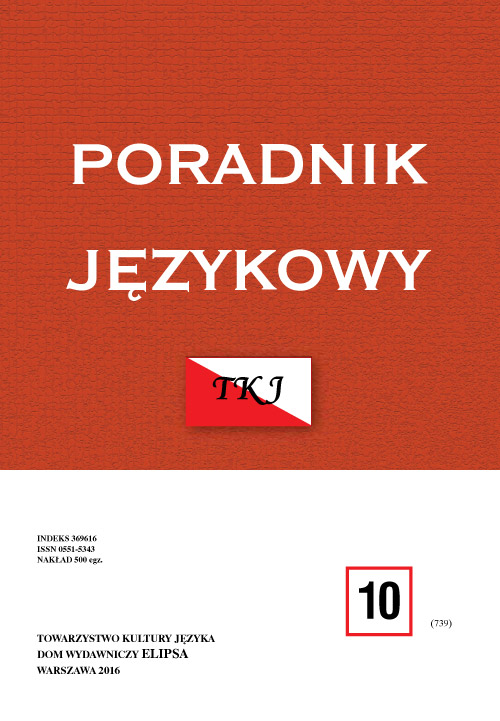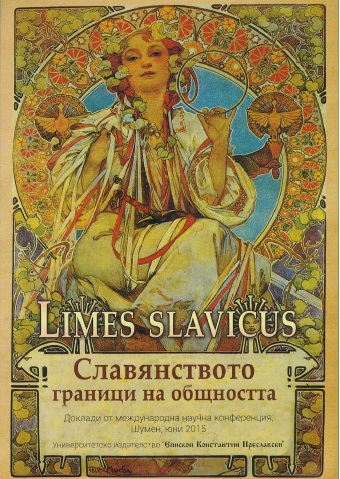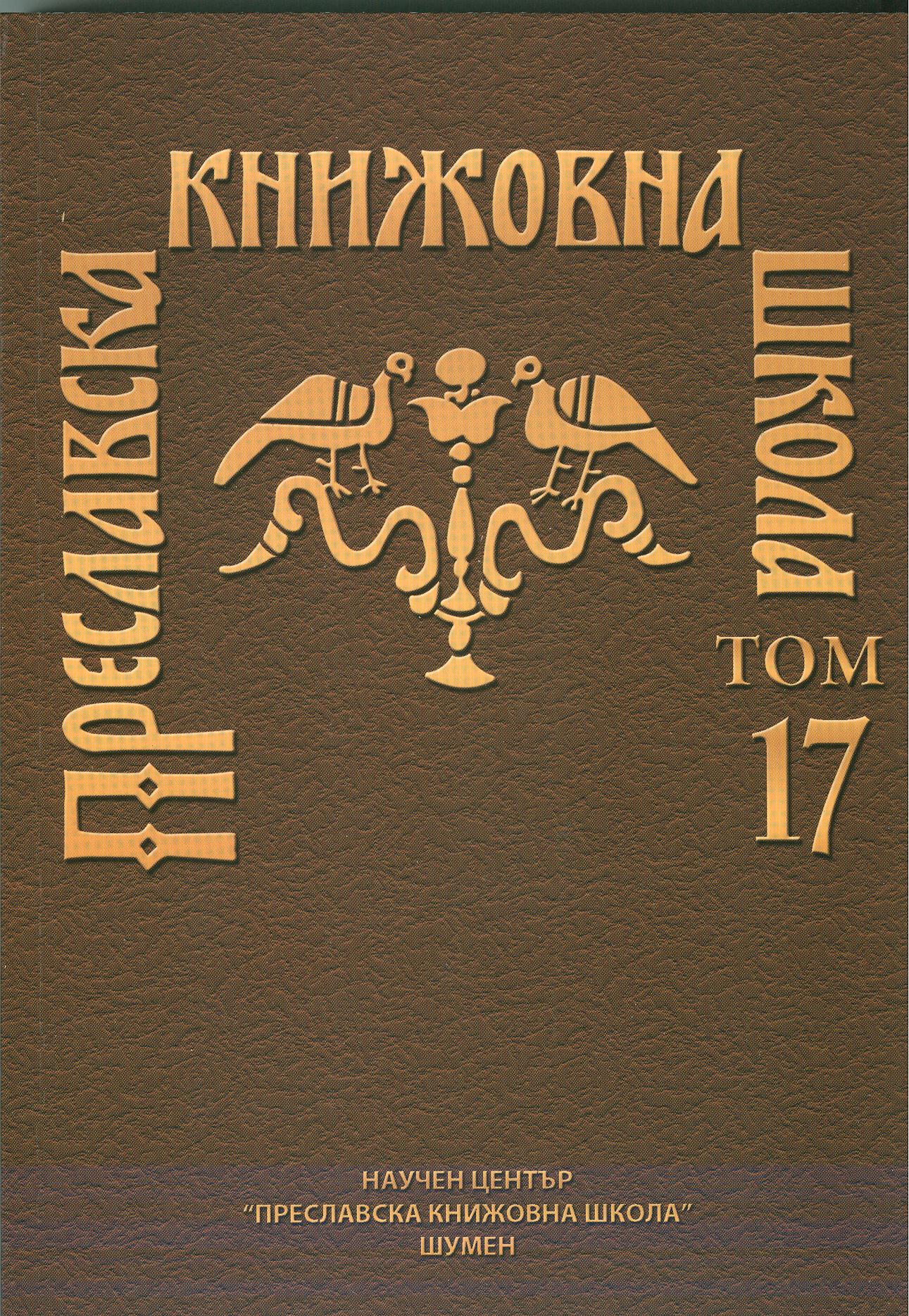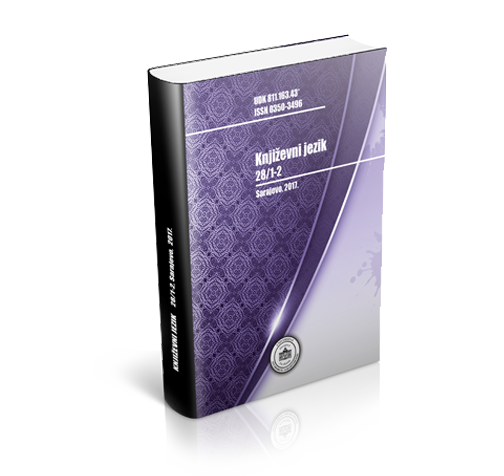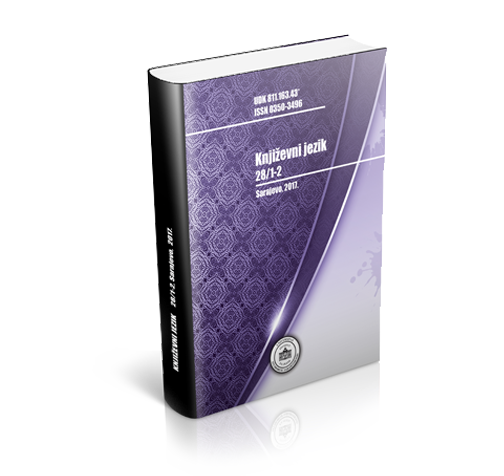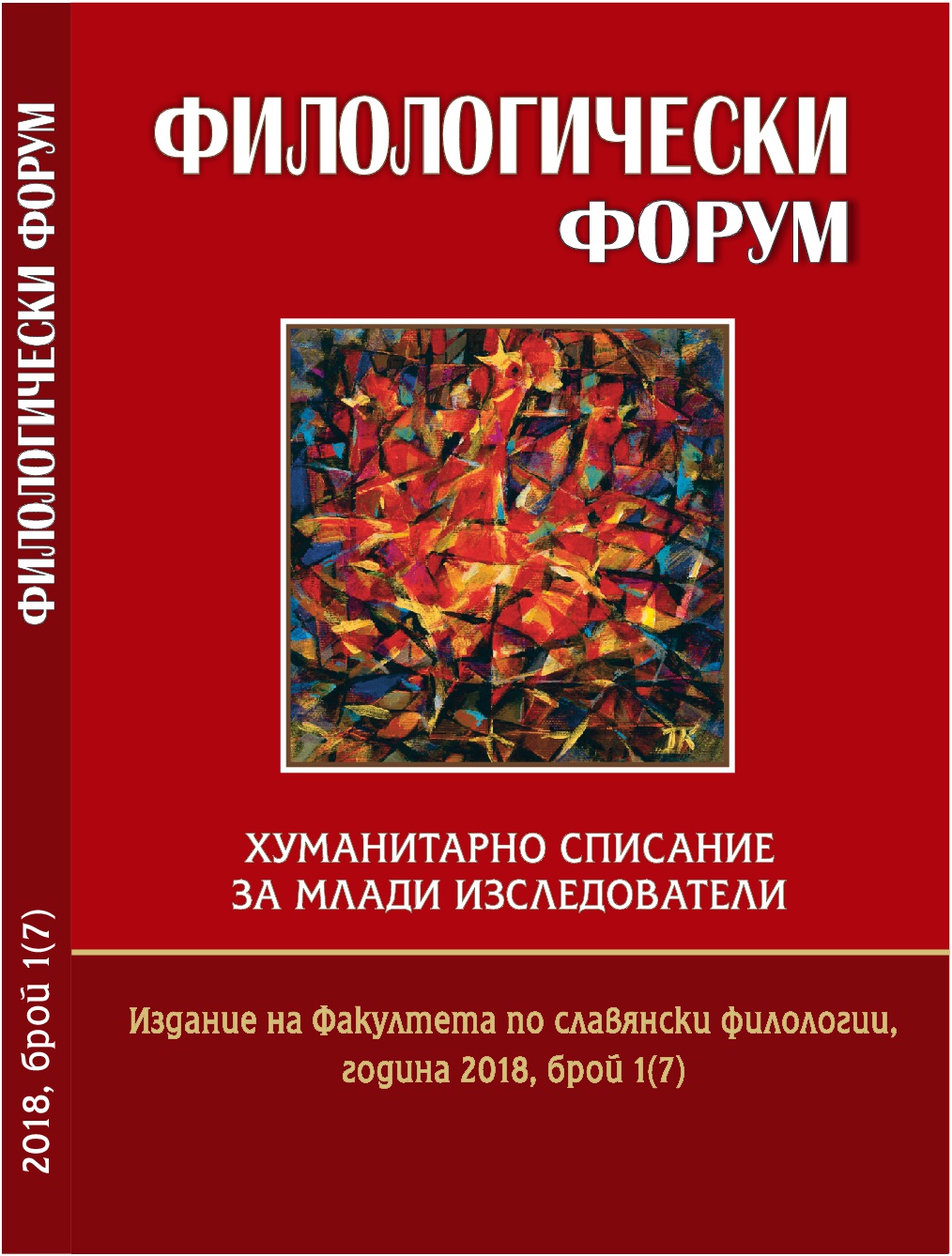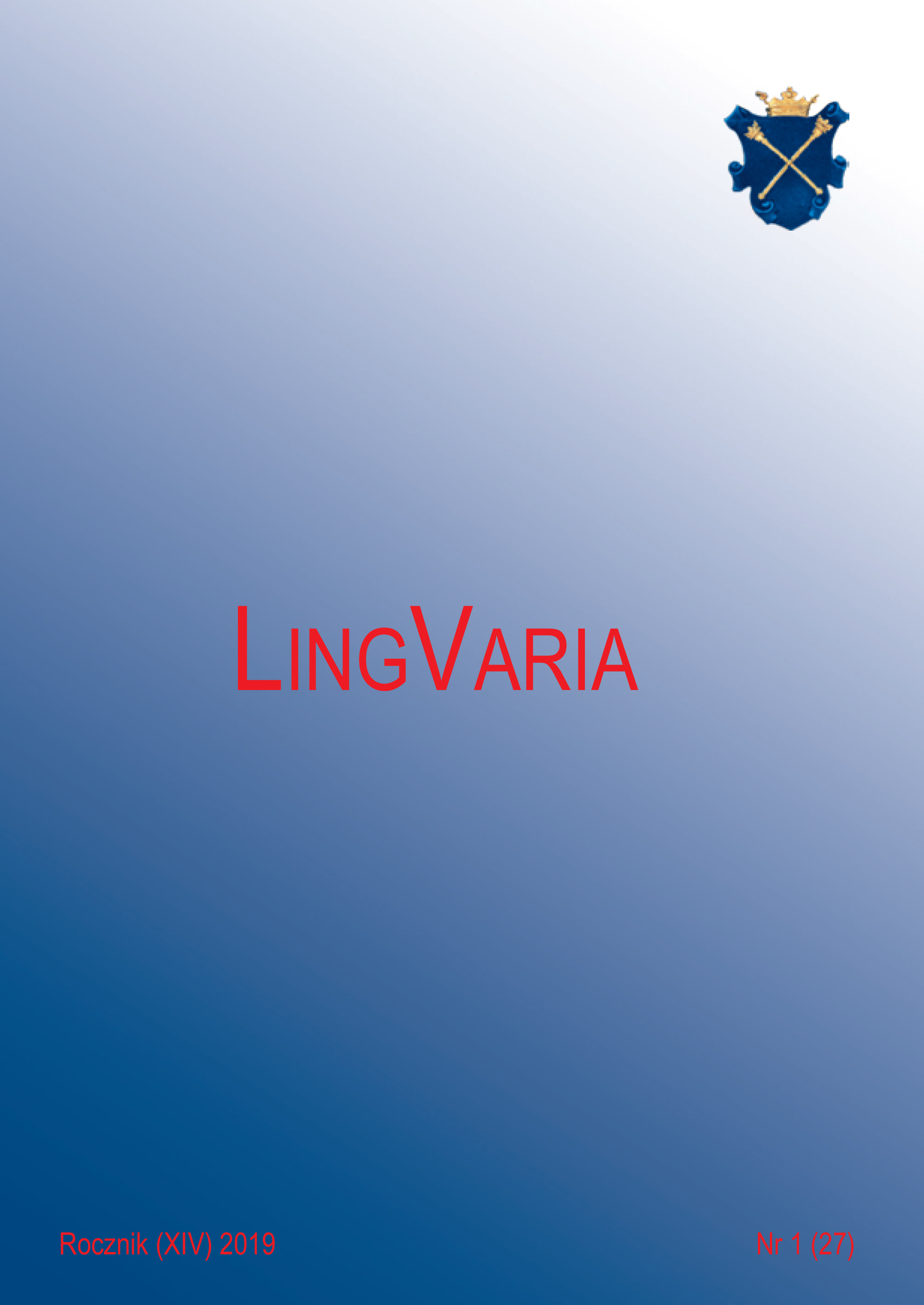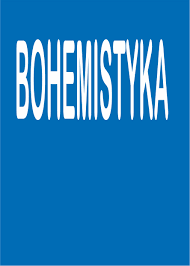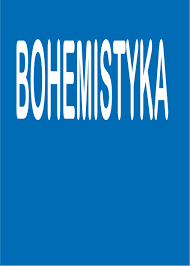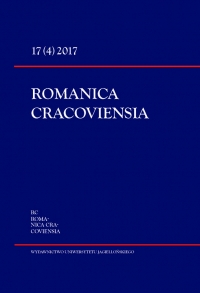Author(s): Bogdan L. Dabić / Language(s): Croatian,Serbian
Issue: 3-4/1976
Автор рассматривает ассимиляцию славянских слов в сербохорватском тексте. В основном он касается адаптации фонологической, а лишь изредка рассматривает ассимиляцию этих слов на морфологическом уровне. Как известно, славянские народы не достигли той взаимности культурноГг и литературной, о которой мечтали чешские „будители” и хорватские „иллирийцы. Тем не менее сотрудничество между отдельними славянскими народами никогда не переставало. В наше время существует уже 12 славянских литературных языков. На Балканском полуострове функционирует теперь 4 языка: в Югославии 3 (сербохорватский, словенский и македонский), в Болгарии 1 — болгарский. Словенцы используют латинский шрифт, Болгары и Македонцы употребляют кириллицу а носители сербохорватског языка употребляют два алфавита. Среди восточных Славян формировались 3 литературных языка: белорусский, украинский и русский. Среди западнославянских народов формировались 5 литературных языков: в Чехословакии 2 — чешский и словацкий, в Польше 1 — польский, а в Чехословакии 2 — чешский и словацкий, в Польше 1 — польский, а в Немецкой Демократической Республике — 2 славянских языка: верхнелужицкий и нижнелужицкий. Все восточнославянские народы употребляют кириллицу, а все западнославянские народы используют латинский шрифт. Автор даёт оценку, насколько удачны некоторые решения сербохорватского правописания. Как известно, орфография сербохорватског языка является. фонетически. Именно с этой точки зрения автор даёт свои критические замечания относительно последовательного применения прокламированных принципов (фонетических) сербохорватского правописания. В частности автор ратует за то, чтобы русские названия содержащие смягчённые Л и Н переда вать сербохорватским LJ и NJ. На пример, Koroljov, Bunjin за русское Королёв Бунин, С другой же стороны, автор предлагает в польских названиях писать сербохорватские согласные Š и Ž вместо польских Š, Ž. Его аргумент в том, что названные польские согласные представляют собой Ш-звук и Ж-звук (а не С-звук и 3-звук, как это казалось би в теперешнем написании.) На пример, Zošja, Kažjo за польское Zosia, Kazio. Вообще, автор считает, что в процессе перенимания славянских слов в сербохорватский текст мы должны стремится максимальной верности, но одновременно мы нс должны забывать, что в этом деле фонетика должна подчиняться фонологии.
More...
